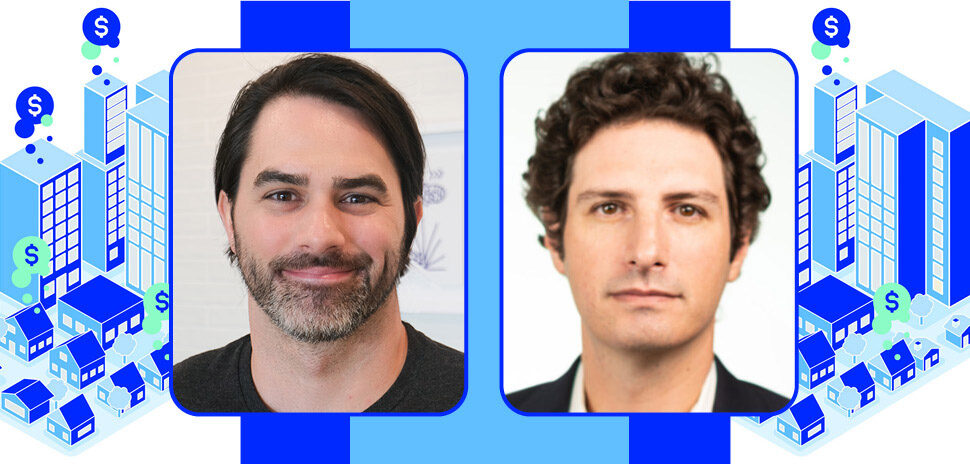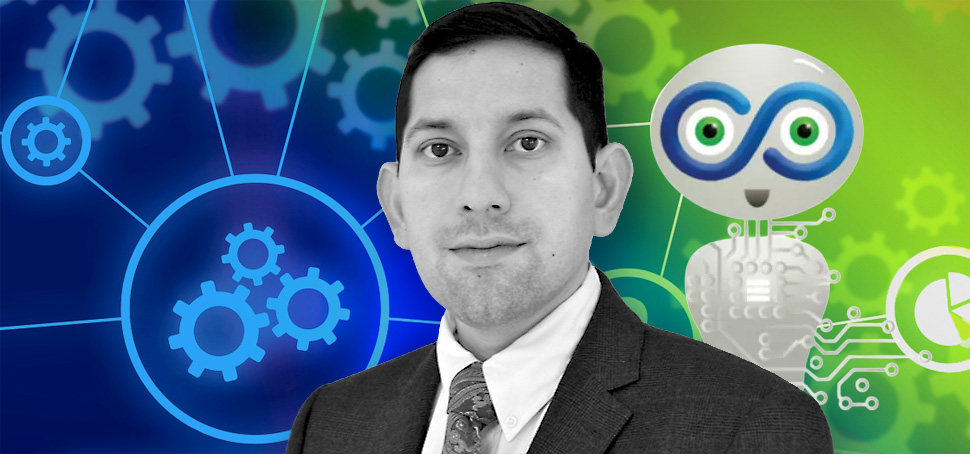We’ve all heard the buzz on the future of office: Some say the pandemic has changed things forever, with WFH stressing the office market permanently. Others say the office is so essential for collaboration and connection, that the “old normal” will soon return.
Brad Selner thinks both extremes have it wrong. The president of JLL’s South Central region believes businesses and offices will be reimagined, not just in a one-off exercise but as a continual evolution. The key reason: great things happen when people have a place to interact, innovate, and move business forward. JLL aims to drive this evolution with its $100 million global venture fund, JLL Spark, and its new JLL Technologies division.
Selner says employee mobility, inclusive design, collaboration technology, and more will be critical in preparing for the next-generation workplace. One of the commercial real estate experts featured in “21 on 2021,” read his rundown in our Q&A.
 What’s the outlook for the DFW office market into 2021? How does that compare nationally?
What’s the outlook for the DFW office market into 2021? How does that compare nationally?
The future of office demand is evolving globally. As companies re-enter the workplace and engage searches for new corporate homes, North Texas remains on the shortlist for those interested in establishing a new regional office or relocating their operations. DFW’s long-standing economic fundamentals and pro-business environment continue to drive occupier and investor interest.
There’s no question health and safety have leapt to the top of priority lists with many North Texas tenants. That said, having an office environment that attracts and retains top talent, reinforces team culture, and maximizes productivity is a close second.
How do you see the office market emerging from the pandemic in DFW?
The office has long provided a place for concentrated work and increasingly is a place for collaboration, connection, innovation, and social interaction. The desire for these characteristics hasn’t diminished.
Its function will continue to evolve, accelerating trends that emphasize the importance of collaboration and innovation to employee productivity. It’s too early to tell if the changing needs of office occupiers will have a considerable impact on the aggregate level of space required. However, the function and design of their space will change, with many focusing on the health and wellness of their people.
What are the most important changes you see ahead?
The pandemic forced a global work-from-home experiment that left employees craving connection. With an emphasis on health and safety, organizations that foster a sense of community and create engaging experiences on and offline can increase morale, productivity, and long-term business resiliency.
“We cannot wait for stability to arrive to start making important business decisions.”
While our team at JLL was innovative and nimble through remote work, we’ve seen many examples of being in an office leading to better collaboration, camaraderie, and productivity. Within the first week of our Phase 2 re-entry in September, two of our team members connected as they entered the building, which led to them creating a plan to help secure a mutual client a better deal. It’s our firm’s belief that this emerging new world presents significant opportunities. It will direct organizations to prioritize their most valuable asset—their people.
How do you expect tenant needs to evolve into next year and beyond?
Historically, when a business disruption would occur, companies would implement workarounds. Businesses would adapt to an interim normal for a short period of time, then go back to the way things were before.
This was the mindset for many companies during the early part of 2020. The general consensus was that life would go back to normal after several months. The thought was, “Let’s hunker down and then slowly re-enter on a linear upward trajectory back to the ‘old normal,’ until our workforce is back to 100-percent capacity.”
As companies return to the office, each will experience different impacts on their team’s engagement and business. Determining solutions will be different for each organization based upon their business, team, job functions, existing work environment, and geographic location.
How do you see office design changing?
In a post-pandemic world, organizations have an unprecedented opportunity to redefine how their spaces evolve to keep the health and well-being of people as a priority in the next normal. Employee mobility programs, inclusive design, and collaboration technology will be critical in preparing for the next generation workplace. A greater focus on spaces that emphasize face-to-face interaction is likely as office space is redesigned or repurposed.
Has the pandemic driven increased technology adoption at JLL?
JLL has been on a significant technology journey over the past several years. Current events have accelerated the adoption of these technologies, which will uniquely position JLL to serve clients in a much more efficient way.
In the past few years, JLL has made technology investments a priority. JLL created a $100 million global venture fund, JLL Spark, in 2017, and a new division, JLL Technologies, in 2019. JLL Technologies (JLLT) is the first business of its kind to bring together a comprehensive technology portfolio under one umbrella, from business intelligence platforms to smart office solutions to leading-edge proptech start-ups. JLL has also acquired technology companies over the years, including foundational investments in facilities management with the acquisition of Corrigo, as well as technology implementation and consulting firms, making us a leader in IWMS solutions and services.
Our technology-driven approach aligns our clients’ business objectives with their real estate needs. Before and during the pandemic, we’ve helped our clients quantify how to best support their people, tour market options virtually, and design and budget the perfect space for the next normal.
How should companies prepare for the future of the office market and CRE in the region?
Every organization must examine the priority areas of their business and begin to “reimagine” certain aspects of their business in the context of the new normal. We’re on a three- to five-year journey. Reimagining is not a one-and-done exercise—Coni. We can’t wait for stability to arrive to start making important business decisions. We’re entering an era of “always-on transformation” and “always-on resiliency.”
A version of this story first published in the Fall 2020 edition of the Dallas-Fort Worth Real Estate Review.
Sandra Engelland contributed to this report.
Read the digital edition of Dallas Innovates’ sister publication, the Real Estate Review, on Issuu.
Sign up for the digital alert here.
![]()
Get on the list.
Dallas Innovates, every day.
Sign up to keep your eye on what’s new and next in Dallas-Fort Worth, every day.
Get on the list.
Dallas Innovates, every day.
Sign up to keep your eye on what’s new and next in Dallas-Fort Worth, every day.








![Erica Kosemund, Chief Brand Officer, Choctaw Nation of Oklahoma; Gillian Breidenbach, Chief Partnership Officer, North Texas FWC Organizing Committee; Chief Gary Batton, Chief of Choctaw Nation of Oklahoma; Monica Paul, Executive Director of Dallas Sports Commission and President of North Texas FWC Organizing Committee; John Hobbs, Senior Executive Officer of Communications, Choctaw Nation of Oklahoma; and Heidi Grant, Senior Executive Officer of Commerce Administration, Choctaw Nation of Oklahoma, celebrate Choctaw Casinos & Resorts becoming an Official Dallas World Cup 2026 Host City Supporter. [Photo: North Texas FWC Organizing Committee/Choctaw Casinos & Resorts]](https://s24806.pcdn.co/wp-content/uploads/2025/12/FIFA-Choctaw-dec-2025-75x69.jpg)



![Erica Kosemund, Chief Brand Officer, Choctaw Nation of Oklahoma; Gillian Breidenbach, Chief Partnership Officer, North Texas FWC Organizing Committee; Chief Gary Batton, Chief of Choctaw Nation of Oklahoma; Monica Paul, Executive Director of Dallas Sports Commission and President of North Texas FWC Organizing Committee; John Hobbs, Senior Executive Officer of Communications, Choctaw Nation of Oklahoma; and Heidi Grant, Senior Executive Officer of Commerce Administration, Choctaw Nation of Oklahoma, celebrate Choctaw Casinos & Resorts becoming an Official Dallas World Cup 2026 Host City Supporter. [Photo: North Texas FWC Organizing Committee/Choctaw Casinos & Resorts]](https://s24806.pcdn.co/wp-content/uploads/2025/12/FIFA-Choctaw-dec-2025.jpg)


















